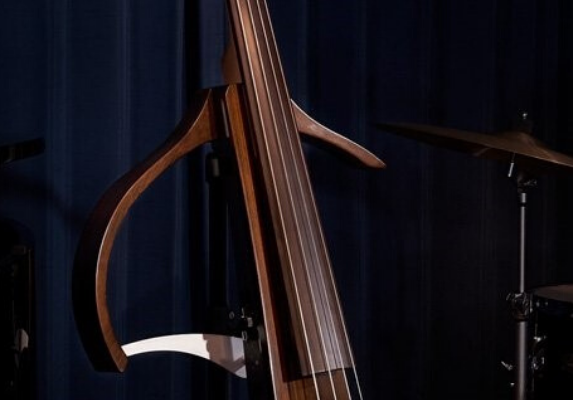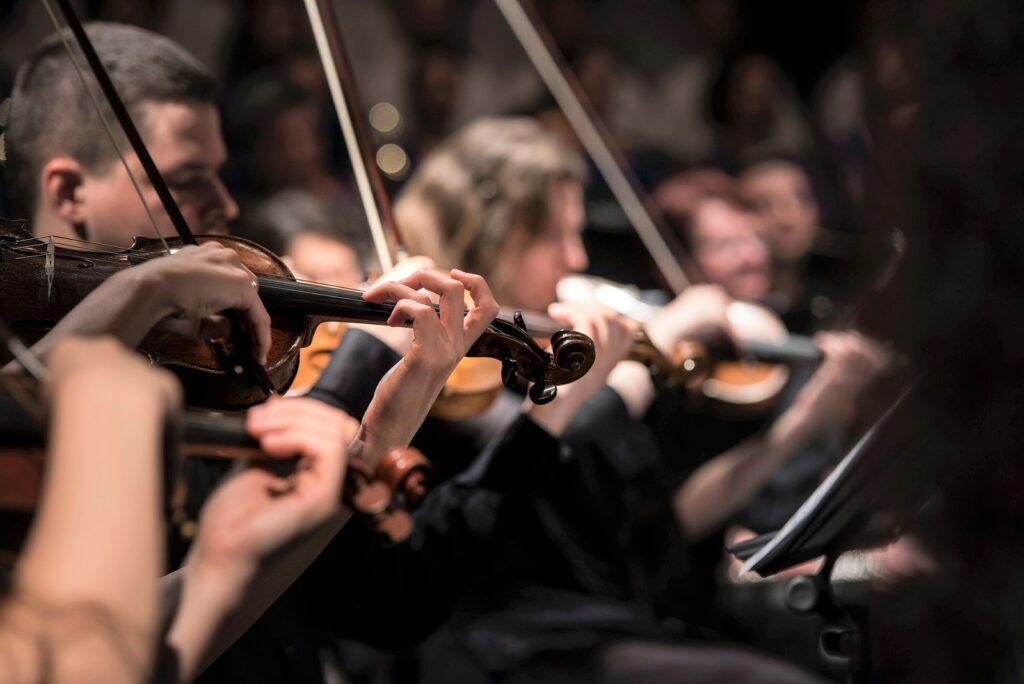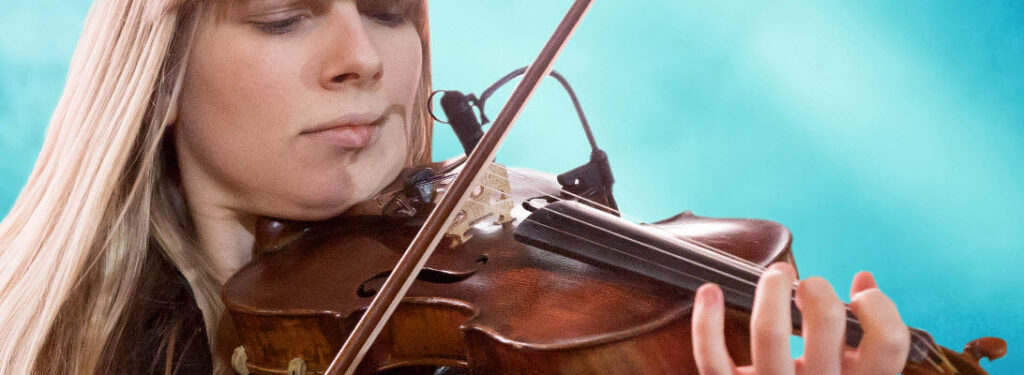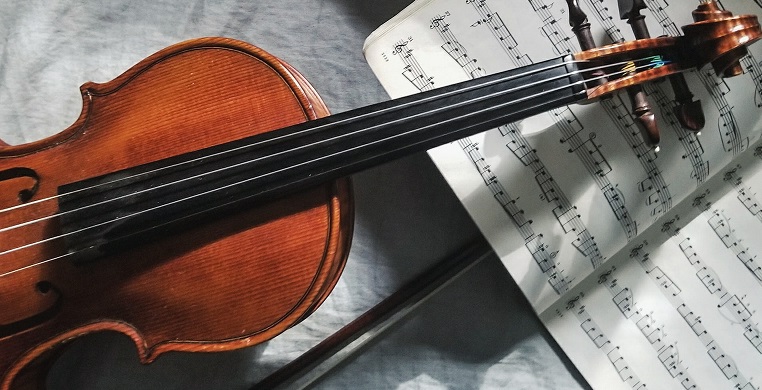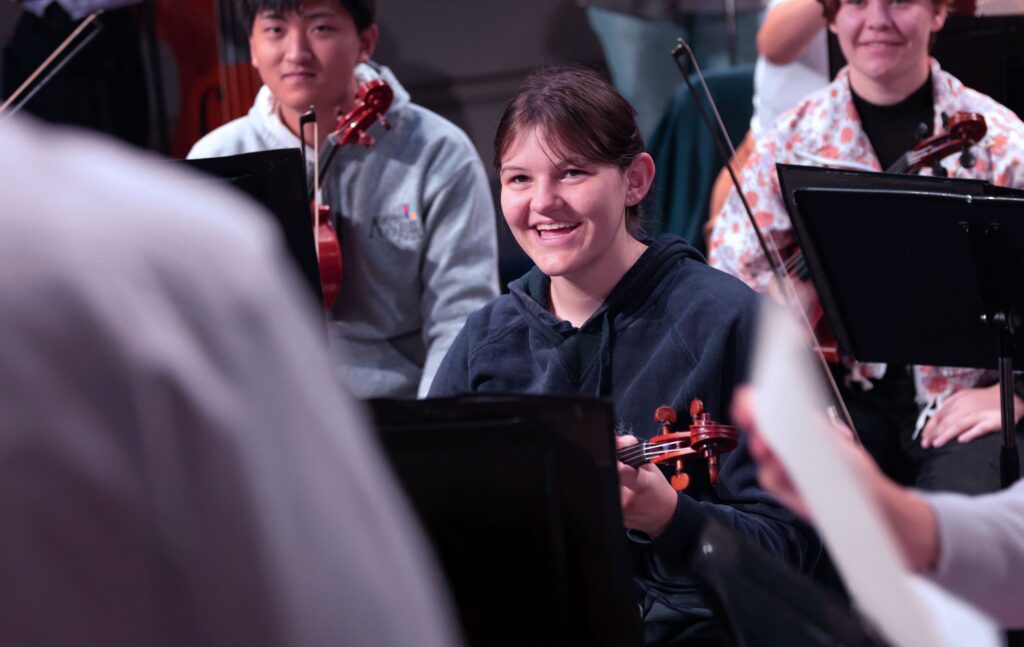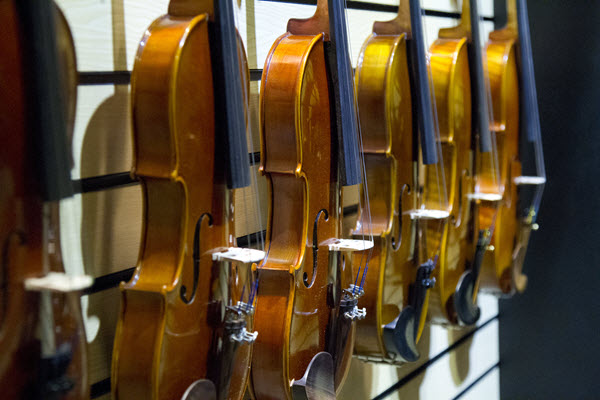Electric String Ensemble Checklist
Interested in adding an electric string ensemble to your music program? Here’s what you’ll need to get started.
Electric string ensembles in school music programs are not the far-fetched idea they once were.
Hundreds of high school and middle school programs have added electric quartets, quintets and more to their existing orchestra programs. In this article, we’ll take a look at the things you’ll need to get started.
Gear
Instruments will be your largest investment in this endeavor, but it’s okay to start small. A basic quartet of two violins plus viola and cello will give you a full performing ensemble. The crucial thing to keep in mind is ergonomics. Students should not have to deal with instruments that are heavy, oddly shaped or have poor components. As students move from acoustic instruments to electric, the transition should be seamless — they should not have to make adjustments at the expense of sound quality or ease of playing.
THE YAMAHA EDUCATOR NEWSLETTER: Join to receive a round-up of our latest articles and programs!
Sound System
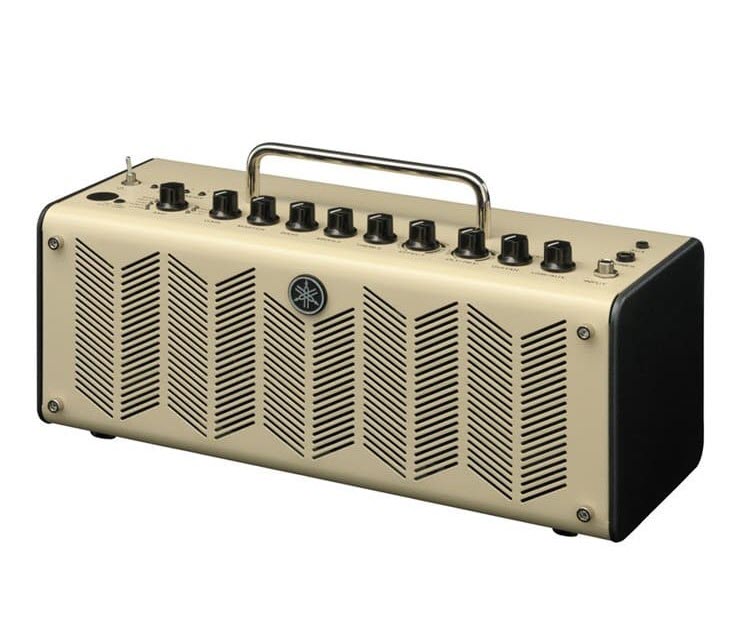 Most schools will already have a basic Public Address (PA) system in their cafeteria, gym or auditorium. In a situation where such a system is not available, small amplifiers can be used instead so that the students can hear each other. Ultimately, you will need a PA with a mixer that can blend the individual instruments into a unified stereo or mono output.
Most schools will already have a basic Public Address (PA) system in their cafeteria, gym or auditorium. In a situation where such a system is not available, small amplifiers can be used instead so that the students can hear each other. Ultimately, you will need a PA with a mixer that can blend the individual instruments into a unified stereo or mono output.
In situations where it is difficult for students to hear themselves onstage, in-ear monitors (available from a variety of manufacturers) can be connected to the mixer and worn by the performers.
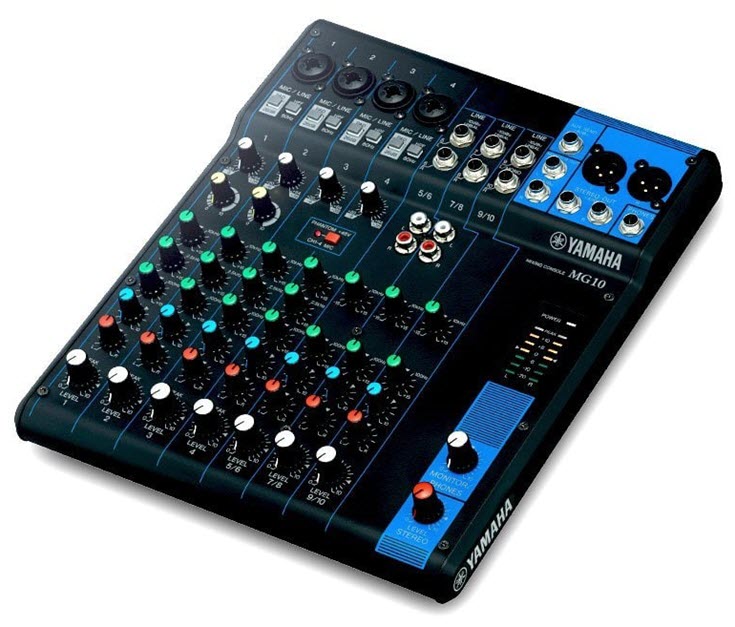 You’ll also need a number of cables in lengths of 8 to 12 feet to connect the instruments to the sound system. A variety of colors works best so students know which cable is theirs. In addition, color-coding the inputs to the PA helps speed up setup time during rehearsal and live performance.
You’ll also need a number of cables in lengths of 8 to 12 feet to connect the instruments to the sound system. A variety of colors works best so students know which cable is theirs. In addition, color-coding the inputs to the PA helps speed up setup time during rehearsal and live performance.
Batteries are required for instruments that have internal amplifiers (i.e., those with active electronics), while those with passive electronics do not require batteries. If your ensemble is using instruments with active electronics, be sure to have a good supply of batteries on hand.
Effects pedals are not necessary, but at some point your students will probably want to use them. After all, one of the attractions of electric strings is that their sound can be processed to emulate that of electric guitars and keyboards! Start with a basic pedal with a few effects. Your students will catch on fast on how to use them.
Sheet Music
Now that you have your gear, the question is what to play? Likely it won’t be traditional acoustic repertoire. Students will want to play the music they relate to and listen to on their own time — modern songs. More and more, publishers are providing charts for these songs arranged for string ensembles. (You can find a wide selection of sheet music here.) If what you are looking for is not commercially available, you or your students can write their own transcriptions, which becomes another valuable learning experience.
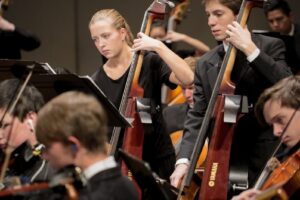
Performers
Your final component are the performers. An electric ensemble is an exciting addition to a program and there will be no shortage of students who want to be part of it. More advanced players will sound great immediately, and less experienced players will find inspiration to stay in a program and get better. The performers who have the most fun are the ones that will do best!
Click here for more information about Yamaha electric strings.











